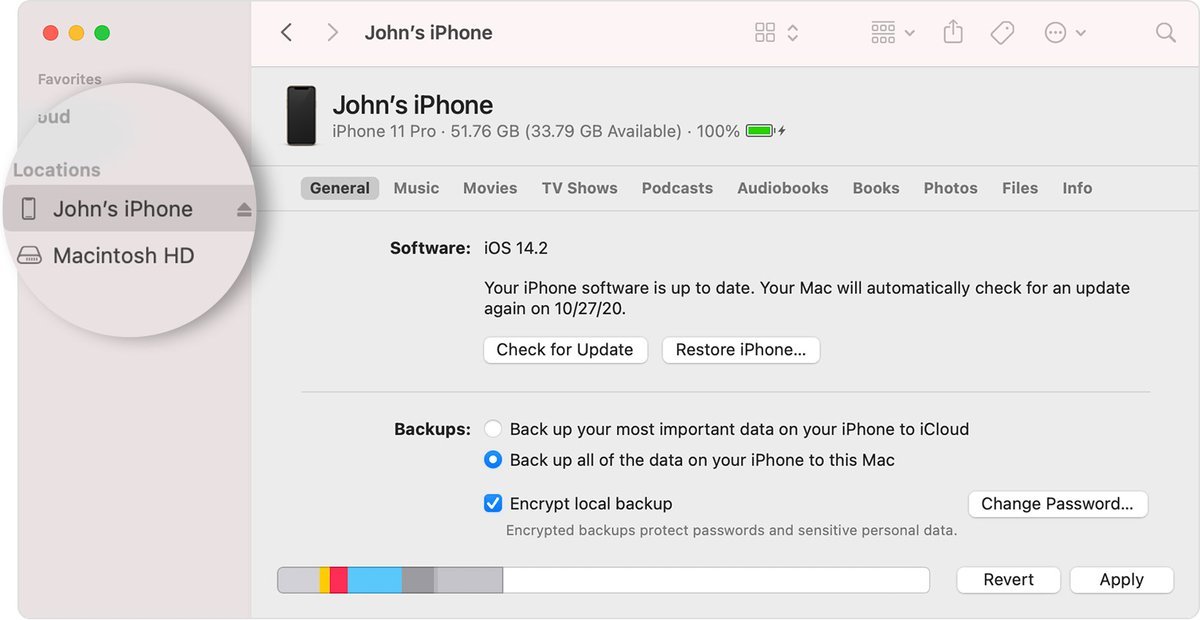 Web Front-end
Web Front-end HTML Tutorial
HTML Tutorial What is the difference between progressive enhancement and graceful degradation
What is the difference between progressive enhancement and graceful degradationWhen I was watching some CSS3 effect demos before, I found that when writing CSS3 attributes, the order of writing compatibility is different, such as the transition attribute. Some put the transition in the front and some in the back. Of course, this may also include The coder's personal habits or compulsions>"
.transition{
-webkit-transition: all .5s;
-moz-transition: all .5s;
-o-transition: all .5s;
transition: all .5s;
}
.transition{ transition: all .5s;
-o-transition: all .5s;
-moz-transition: all .5s;
-webkit-transition: all .5s;
}
The arrangement with the prefix should be just for neatness (or does it represent the preference for the browser)? But whether the transition is placed in front or behind introduces two concepts: graceful degradation and progressive enhancement.
Elegant degradation and progressive enhancement are a concept that came out with CSS3. Since low-level browsers do not support CSS3, but the effect of CSS3 is too good to give up, CSS3 is used in advanced browsing while low-level browsers only guarantee the most basic functions. At first glance, the two concepts are similar. They both focus on different experiences under different browsers. The key difference is the content they focus on and the differences in workflow caused by this difference.
What are progressive enhancement and graceful degradation?
Progressive enhancement: Build pages for low-version browsers to ensure the most basic functions, and then improve effects, interactions, and add additional functions for advanced browsers to achieve a better user experience.
Graceful degradation: Build complete functions from the beginning, and then make them compatible with lower version browsers.
Difference: Graceful degradation starts from the complex status quo and tries to reduce the supply of user experience, while progressive enhancement starts from a very basic, functioning version and continues to expand to adapt to the future environmental needs. Degradation (functional decay) means looking backward; progressive enhancement means looking forward while keeping its roots in a safe zone.
The "graceful downgrade" view
The "graceful downgrade" view holds that websites should be designed for the most advanced and complete browsers. Arrange the testing of browsers that are considered "outdated" or have missing functions at the last stage of the development cycle, and limit the test objects to the previous version of mainstream browsers (such as IE, Mozilla, etc.).
Under this design paradigm, older browsers are considered to provide only a "poor, but passable" browsing experience. You can make some small adjustments to suit a specific browser. But since they are not the focus of our attention, other differences will be ignored except for fixing larger bugs.
The "progressive enhancement" perspective
The "progressive enhancement" perspective believes that attention should be paid to the content itself.
Content is the reason we build a website. Some websites display it, some collect it, some seek it, some operate it, and some websites even include all of the above, but the same thing is that they all involve content. This makes "progressive enhancement" a more reasonable design paradigm. That's why it was immediately adopted by Yahoo! and used to build its "Graded Browser Support" strategy.
The above is the detailed content of What is the difference between progressive enhancement and graceful degradation. For more information, please follow other related articles on the PHP Chinese website!
 如何将iOS17降级到iOS16Jun 14, 2023 pm 10:39 PM
如何将iOS17降级到iOS16Jun 14, 2023 pm 10:39 PM如何将iOS17降级到iOS16您可以使用Mac和Windows电脑切换到任何版本的iOS设备。您需要做的第一件事是使用Lightning电缆将iPhone或iPad连接到计算机,并且您已经迈出了将设备还原到iOS16的第一步。以下是将iOS17降级到iOS16的方法:在Mac上启动“查找”图标将设备置于恢复模式恢复您的设备在Mac(或在WindowsPC上启动iTunes)上启动Finder在Mac上启动Finder或启动iTunes(如果您使用的是WindowsPC)。这将作为门户,带回您渴
 如何优雅地使用Go和context进行错误处理Jul 21, 2023 pm 11:37 PM
如何优雅地使用Go和context进行错误处理Jul 21, 2023 pm 11:37 PM如何优雅地使用Go和context进行错误处理在Go编程中,错误处理是一项非常重要的任务。优雅地处理错误可以提高代码的可读性、可维护性和稳定性。而Go语言的context包则为我们提供了一种非常方便的方式来处理与错误相关的操作。本文将介绍如何优雅地使用Go和context进行错误处理,并提供相关的代码示例。引言Go语言的错误处理机制是通过返回错误值的方式来实
 如何通过Webman增强网站的安全性Aug 25, 2023 pm 02:39 PM
如何通过Webman增强网站的安全性Aug 25, 2023 pm 02:39 PM如何通过Webman增强网站的安全性在当今数字化时代,网站的安全性变得尤为重要。Webman是一种强大的工具,用于提高网站的安全性和保护用户的隐私。在本文中,我们将探讨如何使用Webman来增强网站的安全性,并提供一些代码示例。使用HTTPS协议使用HTTPS协议是保障网站安全的基本步骤。通过使用HTTPS,网站能够加密用户和服务器之间传输的数据,防止黑客窃
 利用手机增强WiFi信号的妙招(科技技巧帮你提升网络连接速度)May 02, 2024 pm 12:01 PM
利用手机增强WiFi信号的妙招(科技技巧帮你提升网络连接速度)May 02, 2024 pm 12:01 PM网络已成为人们生活中不可或缺的一部分,在现代社会中。我们常常遇到WiFi信号弱或不稳定的情况,然而,这给我们的网络体验带来了不便。提升上网速度和稳定性,本文将介绍一些利用手机来增强WiFi信号的妙招,帮助读者解决网络连接问题。调整手机位置以确保信号接收强度最大化、将手机放置在距离WiFi路由器尽可能近的位置。避免障碍物遮挡信号传输,优选开放空间。使用手机WiFi信号放大器这些应用程序可以增强手机接收和发送WiFi信号的能力,下载并安装手机WiFi信号放大器App,有效提升信号强度和稳定性。使用手
 Laravel框架介绍:优雅的PHP开发新选择Aug 13, 2023 am 08:46 AM
Laravel框架介绍:优雅的PHP开发新选择Aug 13, 2023 am 08:46 AMLaravel框架介绍:优雅的PHP开发新选择引言:在过去的几年中,PHP开发领域一直在不断发展和壮大。而在众多PHP框架中,Laravel无疑是一款备受瞩目的框架之一。它以其清晰简洁的语法、全面的功能和卓越的性能而受到开发者的喜爱。本文将向你介绍Laravel框架的基本特点,并通过代码示例展示其灵活和优雅的开发风格。一、Laravel框架的特点1.优雅的代
 Rust 增强 PHP:解决现有编程语言的瓶颈Sep 15, 2023 am 10:18 AM
Rust 增强 PHP:解决现有编程语言的瓶颈Sep 15, 2023 am 10:18 AMRust增强PHP:解决现有编程语言的瓶颈,需要具体代码示例随着互联网行业的快速发展,Web开发已经成为当今最重要的开发领域之一。而作为最受欢迎的服务器端脚本语言之一,PHP在Web开发中扮演着重要的角色。然而,随着业务和用户需求的不断增长,传统的PHP开发也会面临诸多挑战和瓶颈。这时候,Rust可以作为一种强大的编程语言来增强PHP,帮
 什么是Apple ARKit和增强现实AR应用程序Jul 07, 2023 am 09:47 AM
什么是Apple ARKit和增强现实AR应用程序Jul 07, 2023 am 09:47 AM苹果ARKit6ARKit6引入了4K视频捕获功能,可让您创建令人惊叹的AR体验高分辨率视频。无论您是专业的视频编辑、电影制作人还是社交媒体爱好者,此功能都非常适合无缝集成虚拟和现实世界的内容。通过扩展对HDR视频和高分辨率背景图像捕获的支持,您的创作将真正栩栩如生。位置锚点Apple继续通过LocationAnchors扩大AR体验的覆盖范围。在ARKit6中,蒙特利尔、悉尼、新加坡和东京等新城市加入了支持地点的行列。这意味着这些城市的用户现在可以享受特定位置的AR内容,进一步模糊了虚拟世界和
 PHP8.1更新:增强的错误报告功能Jul 07, 2023 pm 07:39 PM
PHP8.1更新:增强的错误报告功能Jul 07, 2023 pm 07:39 PMPHP8.1更新:增强的错误报告功能随着PHP8.1的发布,PHP开发者迎来了一系列新特性和改进,其中之一是增强的错误报告功能。这一更新为开发者提供了更详细的错误信息,有助于快速定位和解决代码中的问题。本文将介绍PHP8.1中增强的错误报告功能,并提供一些代码示例来说明该功能的用法。在过去的版本中,PHP的错误消息可能相对简洁并且难以理解,让开发者在调


Hot AI Tools

Undresser.AI Undress
AI-powered app for creating realistic nude photos

AI Clothes Remover
Online AI tool for removing clothes from photos.

Undress AI Tool
Undress images for free

Clothoff.io
AI clothes remover

AI Hentai Generator
Generate AI Hentai for free.

Hot Article

Hot Tools

Dreamweaver CS6
Visual web development tools

WebStorm Mac version
Useful JavaScript development tools

Notepad++7.3.1
Easy-to-use and free code editor

MinGW - Minimalist GNU for Windows
This project is in the process of being migrated to osdn.net/projects/mingw, you can continue to follow us there. MinGW: A native Windows port of the GNU Compiler Collection (GCC), freely distributable import libraries and header files for building native Windows applications; includes extensions to the MSVC runtime to support C99 functionality. All MinGW software can run on 64-bit Windows platforms.

Atom editor mac version download
The most popular open source editor





